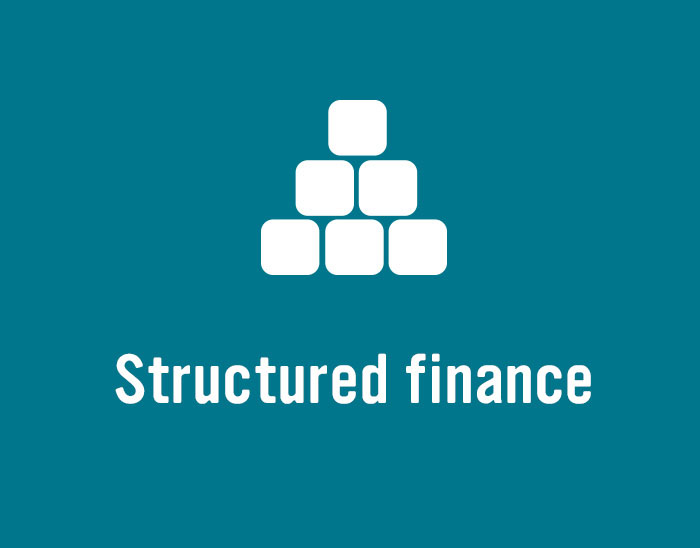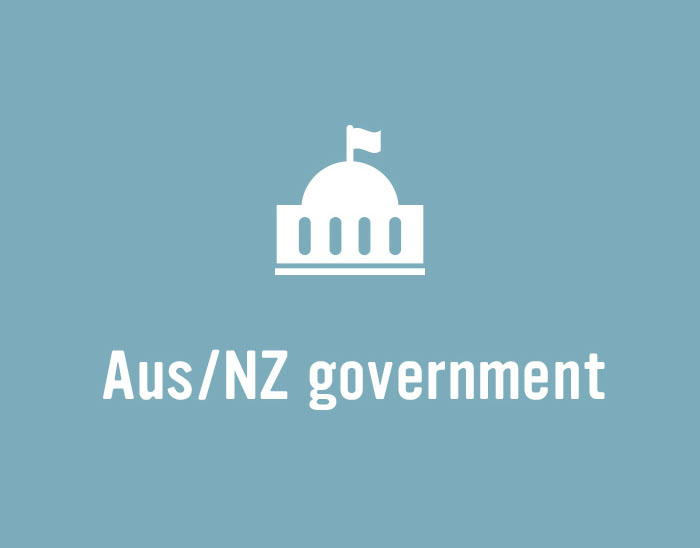
News

Participants in World Bank’s BOND-I transaction say it has proven correct many of the hypotheses around the potential for capital markets to use distributed-ledger technology (DLT). The challenge now is to achieve wider application so the benefits can be fully realised.

A desire to diversify its funding sources and extend the tenor of its debt book saw Vicinity Centres (Vicinity) make its debut in the euro market on 29 October. The issuer is keen to be a consistent euro borrower and says reliability of 10-year demand was a decisive factor in its market choice.

On 1 November, ING Bank Australia (ING Australia) mandated ANZ, ING, Macquarie Bank, Standard Chartered and Westpac Institutional Bank to engage investors regarding a potential residential mortgage-backed securities (RMBS) deal from its IDOL programme.

On 1 November, South Australian Government Financing Authority (SAFA) (AA+/Aa1) revealed plans for a A$1 billion (US$689.2 million) syndicated tap of its May 2030 select line. The deal is expected to launch in the week beginning 11 November, with ANZ, Deutsche Bank, RBC Capital Markets and Westpac Institutional Bank leading.

Origin Energy (Origin) priced its first senior domestic deal since 2006 on 30 October. The issuer says it was able to capitalise on name-familiarity to attract significant levels of demand from investors in Australia and the region despite effectively being a new issuer in the Australian dollar market.

On 31 October, Network Finance Company, the financing entity of Endeavour Energy Group (Endeavour Energy) (Baa1), launched a new seven-year Australian dollar denominated, senior-secured, benchmark transaction. Indicative price guidance for the forthcoming deal, offered in either or both fixed- and floating-rate format, is 130 basis points area over swap benchmarks.

On 31 October, Housing New Zealand (Housing NZ) (AA+ by S&P) revealed plans for a tap of its October 2026 wellbeing bond, targeted for the week commencing 4 November. ANZ and BNZ have been mandated for the transaction.

Investor diversification and attractive pricing conditions led to Korea Southern Power’s inaugural Kangaroo deal. Deal sources say the transaction had one of the highest onshore allocations for a Korean issuer.

